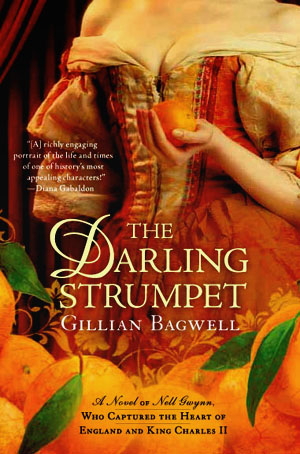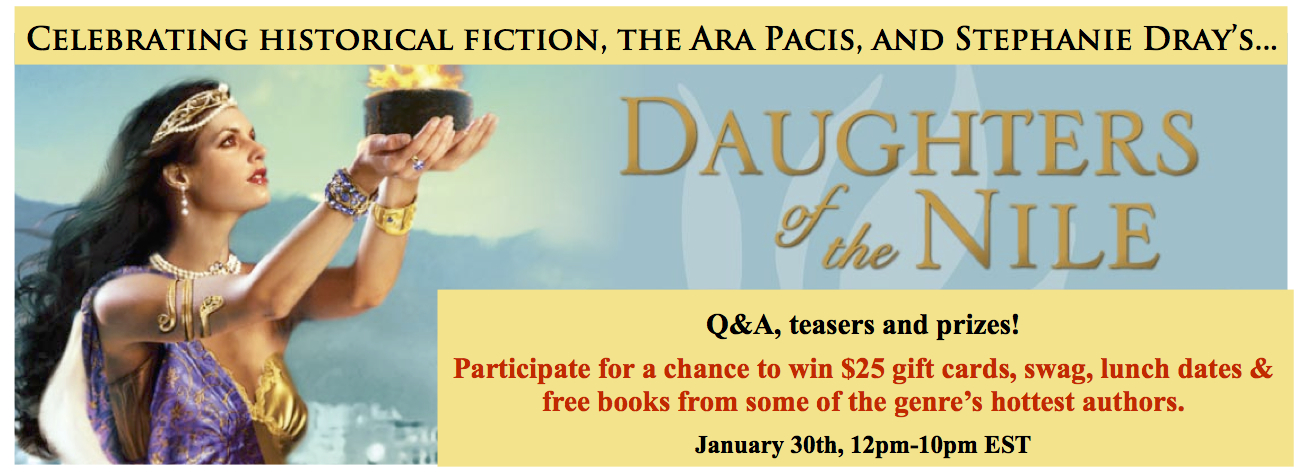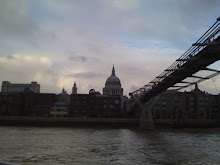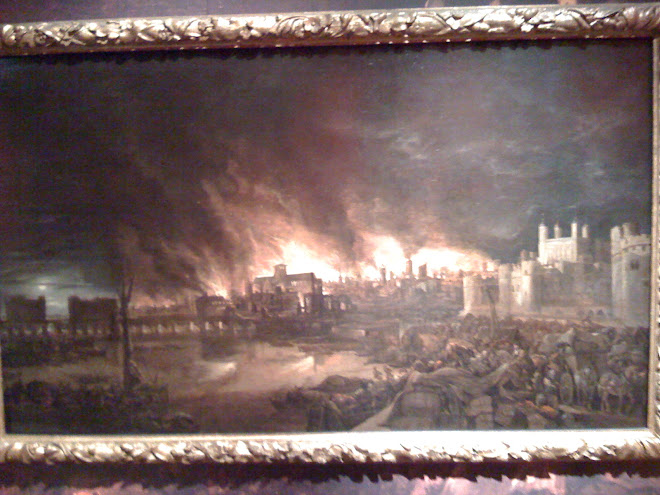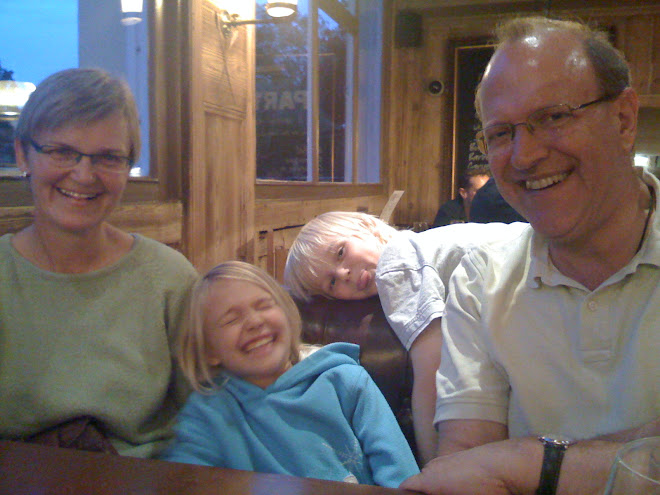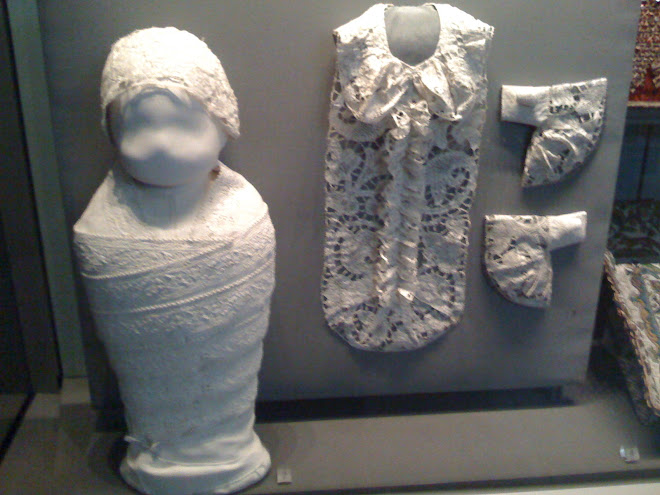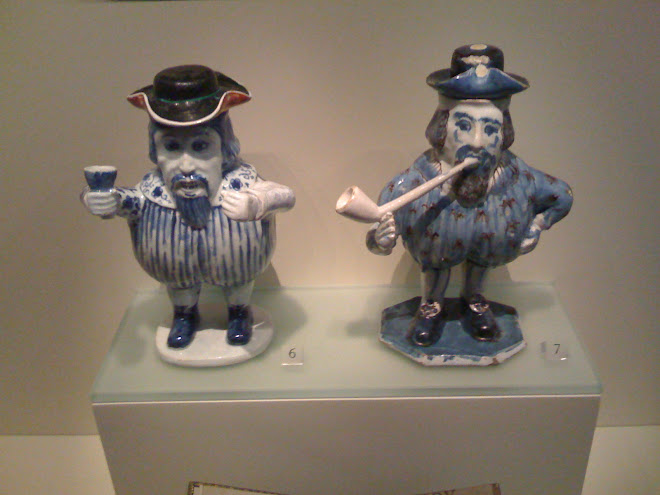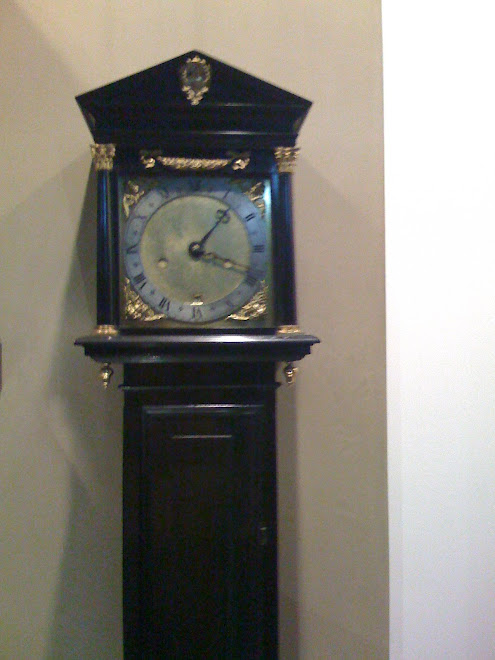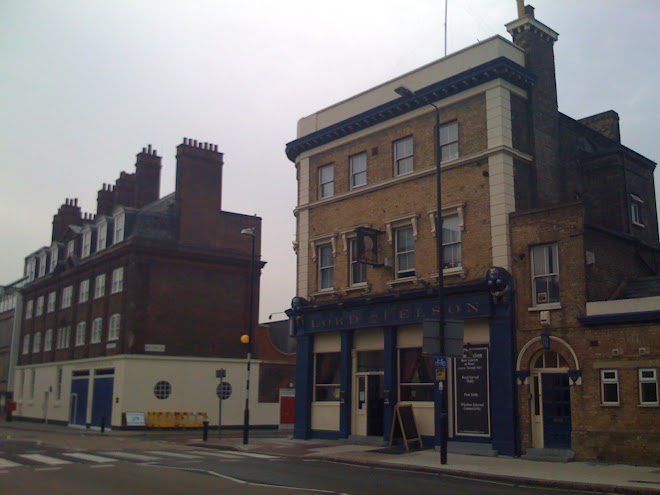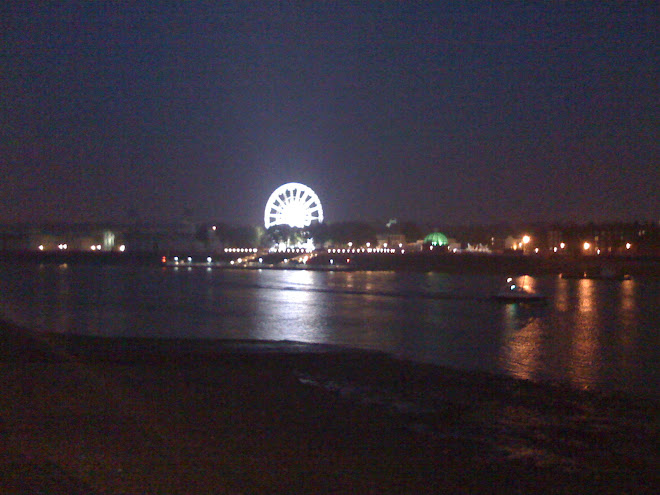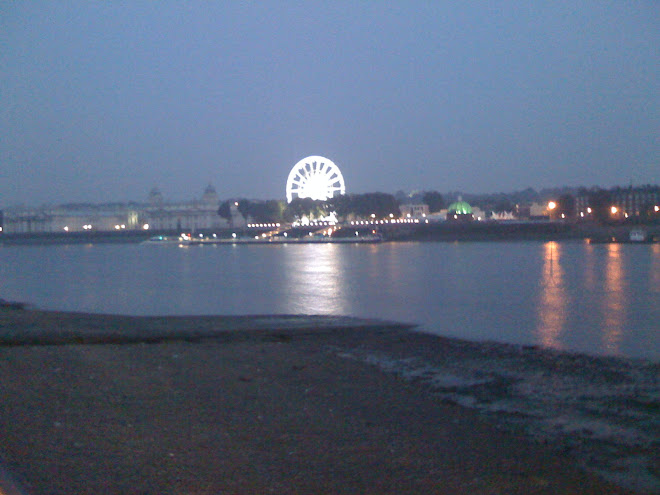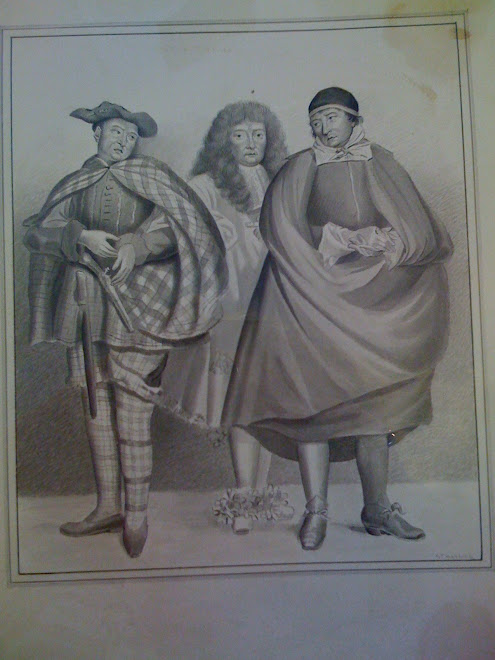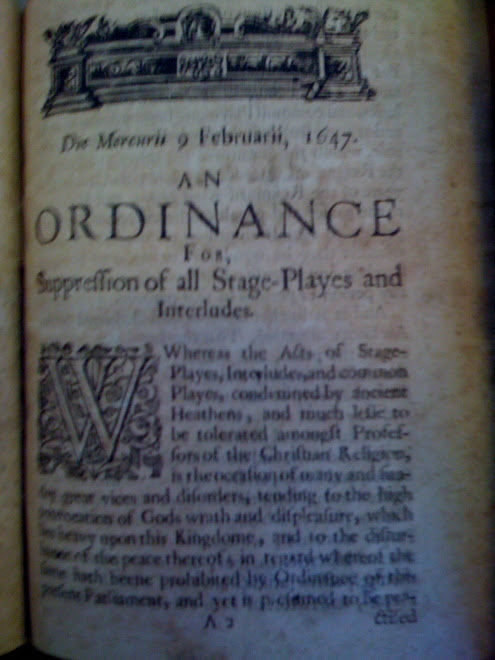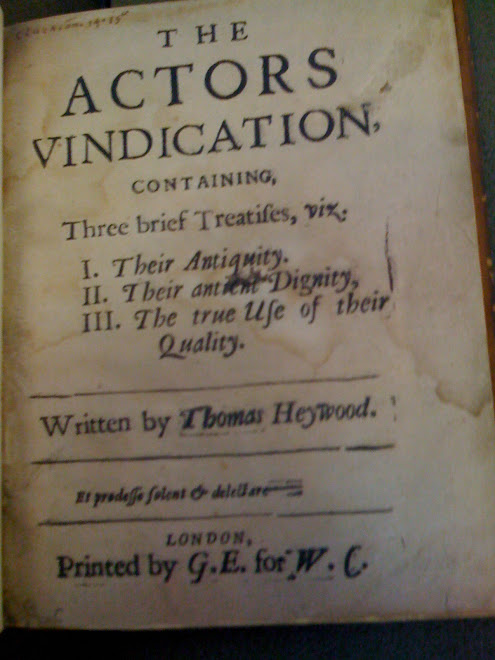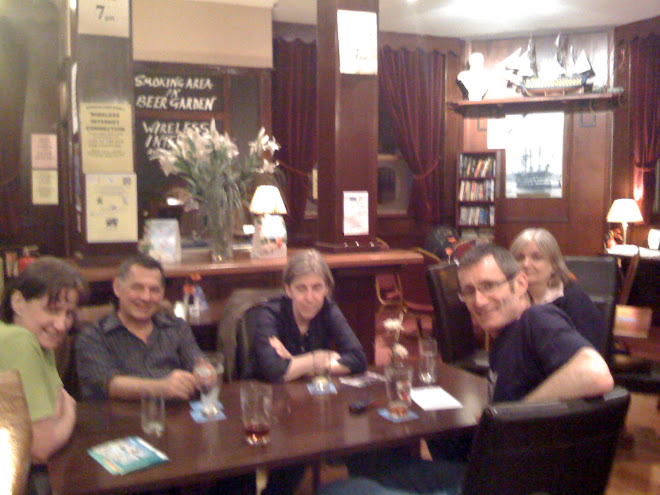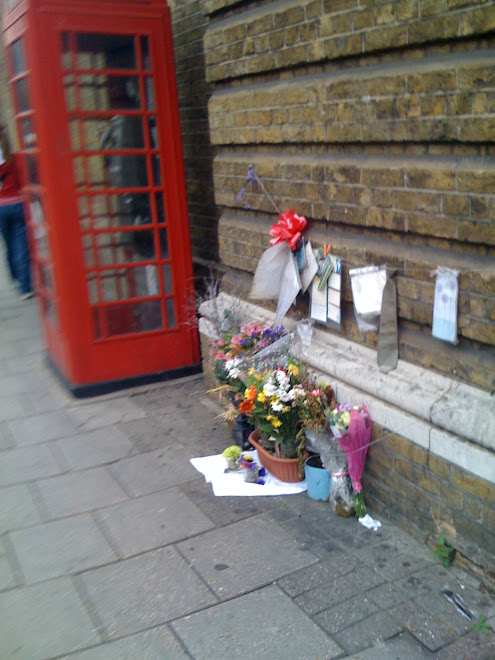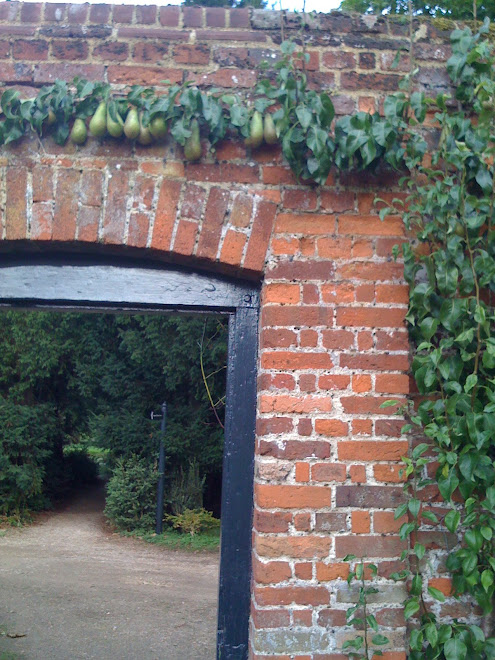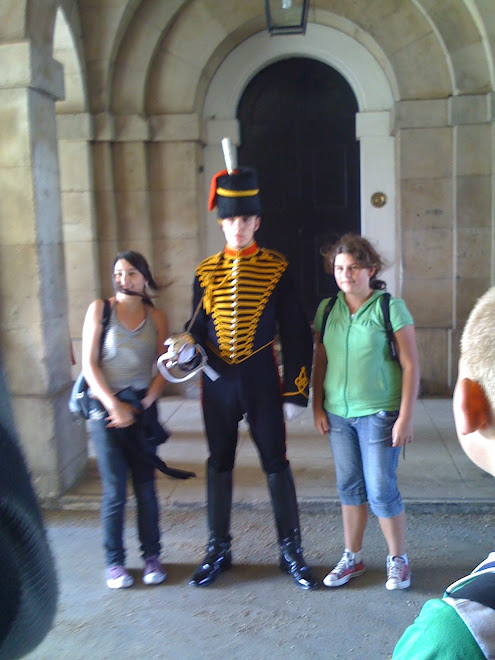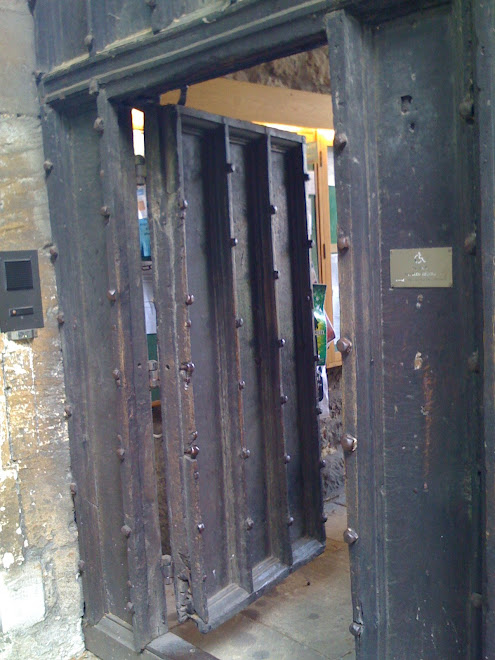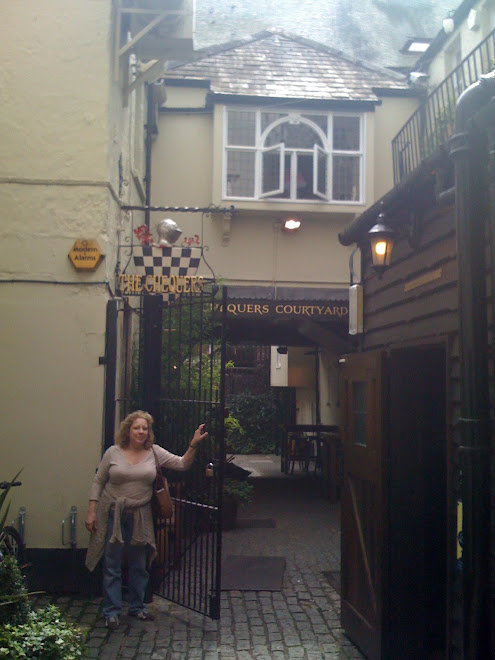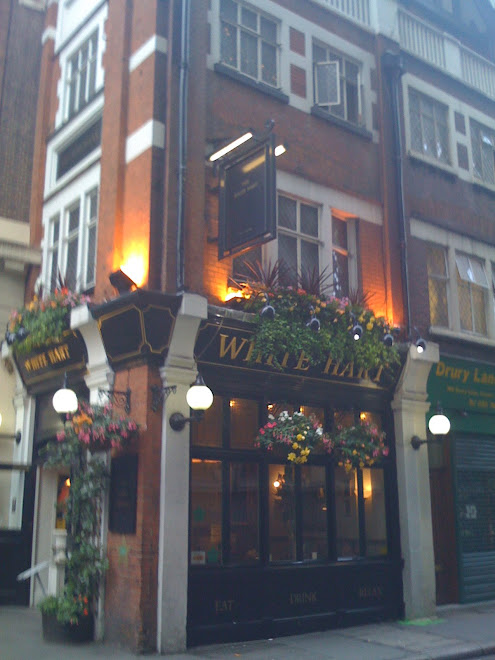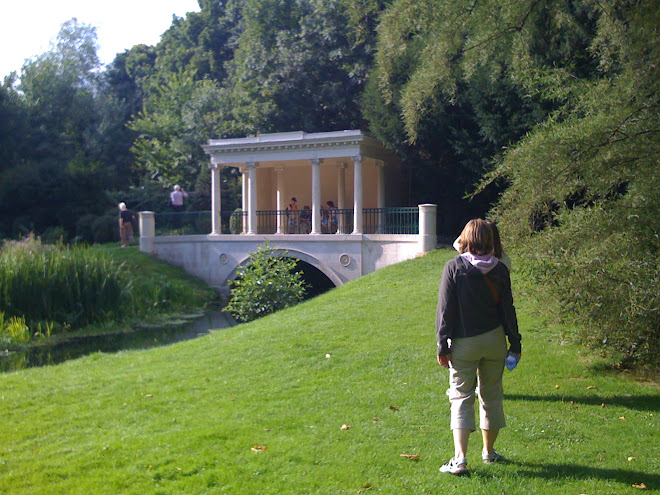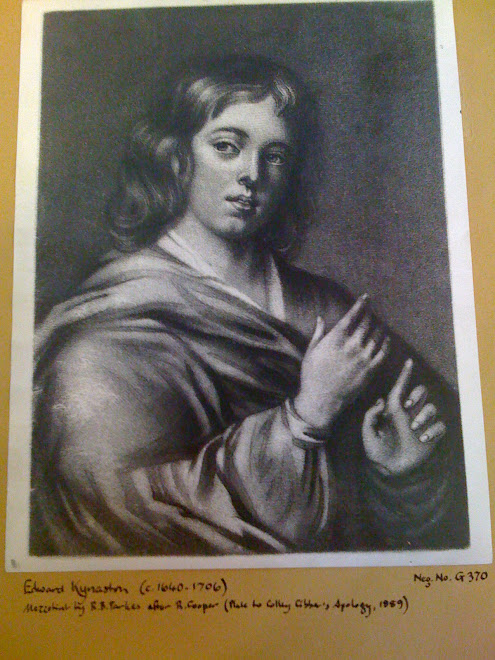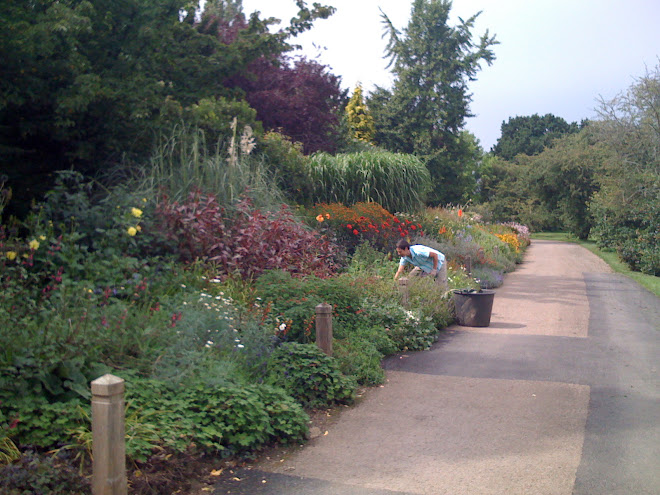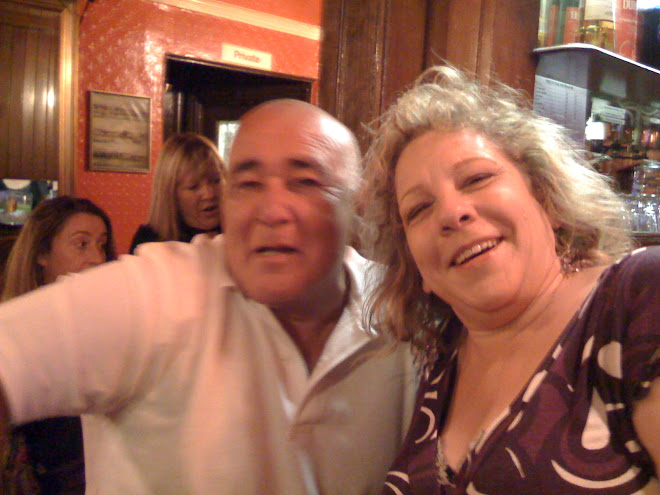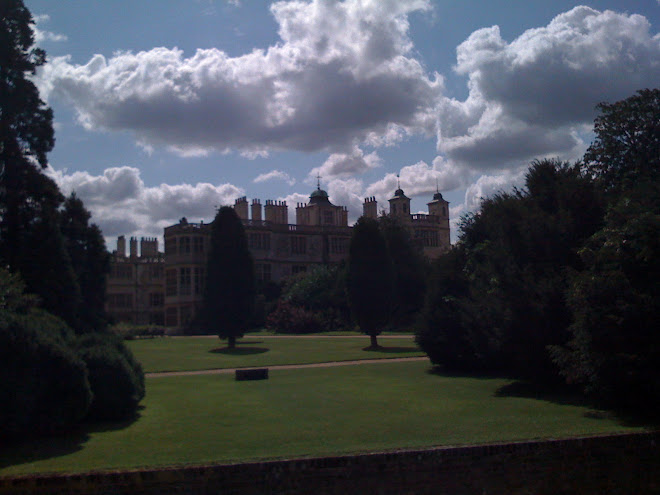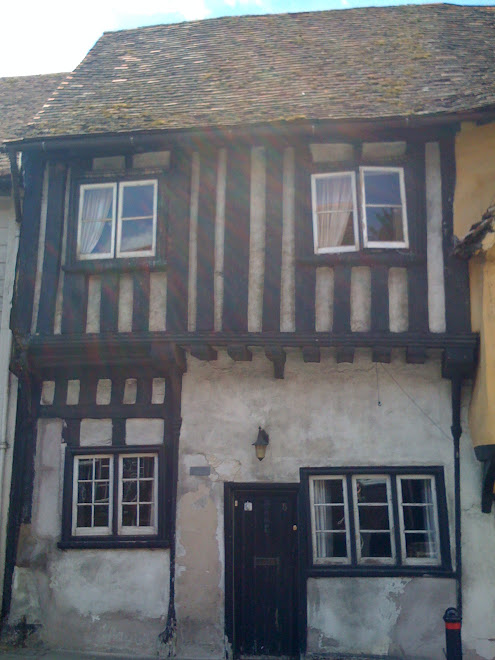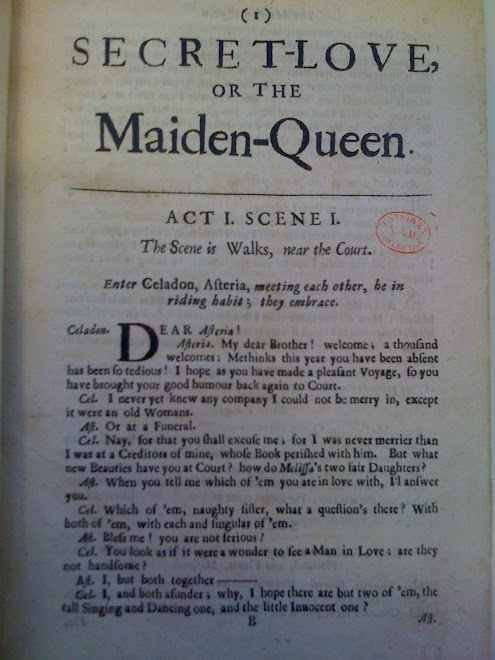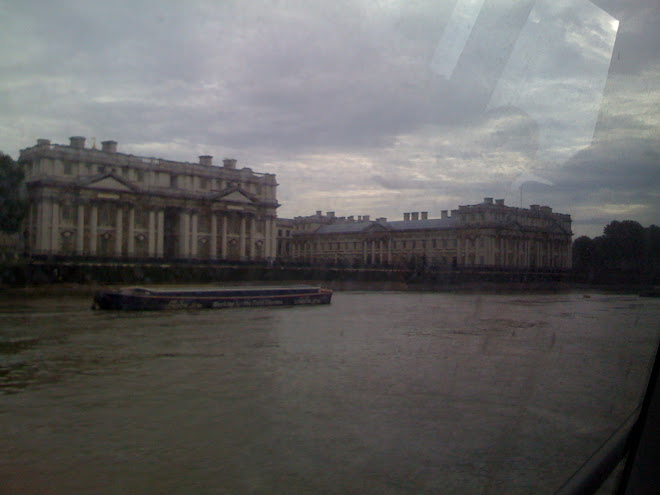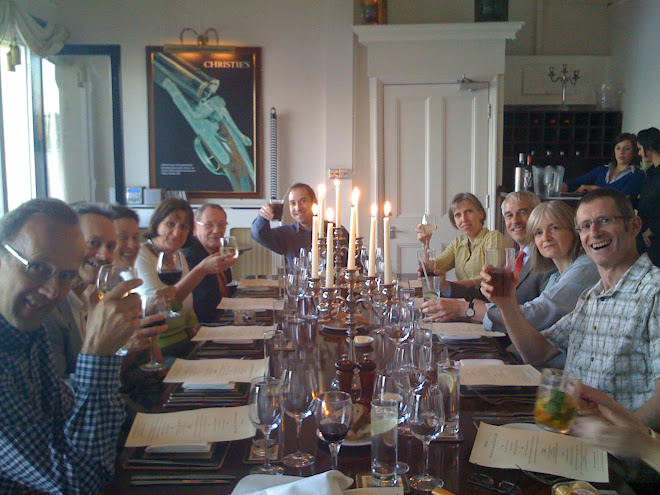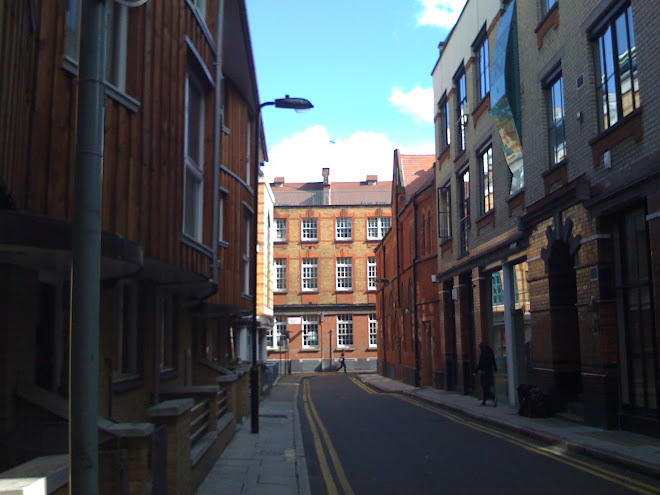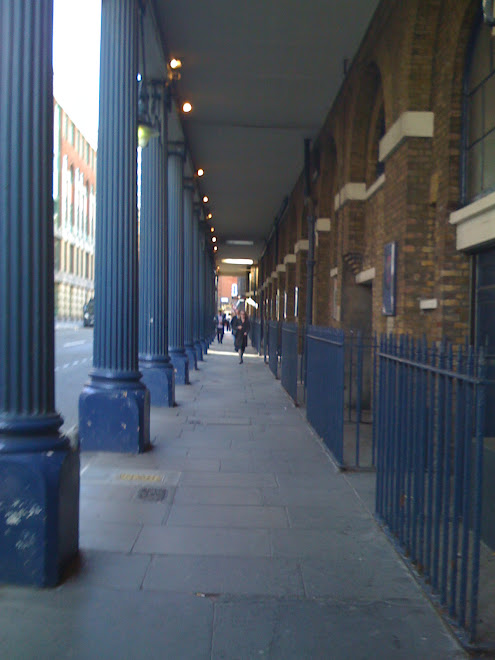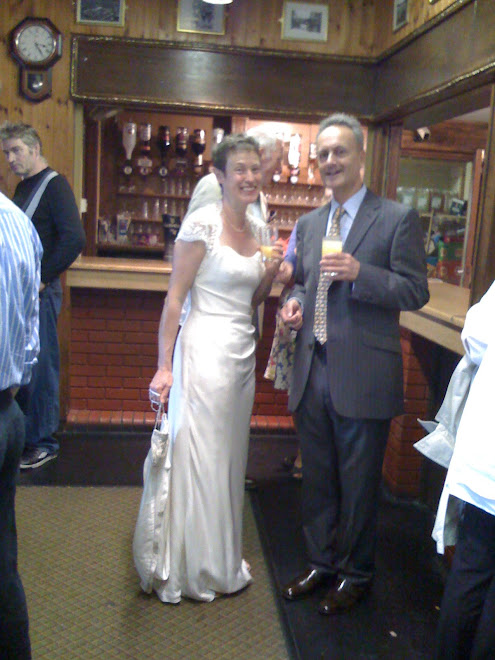I’d
like to thank my friend and critique partner Patricia Bracewell for inviting me
to participate in the My Writing Process blog hop. Pat is the author of the
wonderful Shadow on the Crown, the
first book in a trilogy set in tenth-century England, featuring the little-remembered
English queen Emma of Normandy. The second installment in the series, The Price of Blood, will be out early
next year. You can learn more about Pat and her books by visiting her website, http://www.patriciabracewell.com/, and by reading her post on her
writing process on her blog, http://www.patriciabracewell.com/2014/04/my-writing-process-a-writers-blog-hop/.
All the
participants in the blog hop respond to the same questions. Here’s my take!
What am I working on?
I’m at
work on my fourth book, as yet untitled. It’s a historical novel, but it’s a
bit of a departure from what I’ve written previously in that it’s not based on
a real person but is completely fictional. It takes place mostly on a remote
island in the Scottish Hebrides in 1901-1902, has elements of suspense, and
involves some spooky experiences. More than that I will not say just yet, but
I’m having a great time working on it!
How does my work differ from others of its genre?
One of
the things I really try to get right in my novels is creating the character’s
world so vividly that my readers feel as if they’re there, experiencing the
events of the story right along with my heroine. I try to evoke sensory
elements—what does my character see and hear and how does it make her feel?
What do her clothes feel like on her body? How’s the weather? What’s the
quality of the light? Is it a brilliant summer day or is the scene taking place
by candlelight. What smells permeate the places where the story takes place?
What is the taste of what she’s eating and drinking? Does it bring up memories?
Here’s
a little bit of The Darling Strumpet,
my novel about Nell Gwynn, who rose from the streets to become one of the first
English actresses—beloved by the playhouse crowds for her comic turns and likeable
sex appeal—and eventually the longtime mistress of King Charles II. This scene
takes place on Nell’s first day at work as an orange seller in the newly opened
Theatre Royal:
The first interval came, and the
musicians struck up. Nell gazed at the
empty stage and longed to know what it felt like to stand there. Did she dare to try it? Moll had given her permission, so Nell
clutched her basket to her and climbed the steps to the stage and surveyed the
scene before her. She felt as if she
were at the center of the universe. The galleries rose to the ceiling,
enwreathing the space, and the sloped floor of the pit made it seem as if its
benches were marching toward her. The theatre was a swirling sea of movement. The
king in his box was not ten paces away. She took a breath and sang out
“Oranges! Fine oranges! Who will buy my oranges, fine Seville oranges?”
The king smiled and beckoned. Nell
went to him, her heart in her throat.
“Will you have an orange, Your
Majesty? They’re very sweet.”
“How could they be otherwise,
with such a peddler? I’ll take two.” She
held out two oranges, but the king took only one.
“One for you and one for me,” he
said with a wink.
Nell’s scene with the king had
been observed, and as she turned from him and sang her cry again, gentlemen pressed
to the foot of the stage. By the end of the interval she had sold almost all
that was in her basket.
When the play was done, the
audience straggled out, pleasantly exhausted by the long hot afternoon, and ready
for real food and drink. Before Nell went to reckon up with Moll, she stood and
looked around the emptying playhouse, breathing in the scent of perfume and the
smell of hot wax and oranges and flowers and sweat. She imagined the gaze of
hundreds of spectators watching her. Caught up in the fantasy, she dipped in a
curtsy and was brought up short as she noticed two gentlemen watching her with
amusement. She threw them a smile and scampered off to find Orange Moll,
blushing and laughing with delight.
And here’s another scene, in
which Nell is waiting backstage at the playhouse for the arrival of the Duke of
Buckingham, who’s asked to meet her:
Nell
picked up her already-damp handkerchief and blotted it across her forehead and
chest, then dusted powder across her face, hoping that it would dull the sheen
of sweat without caking. She glanced in the mirror. Her hair was as good as it
was like to get, the ringlets and curls pagan-wild in the damp heat of the
tiring room.
Well.
He had asked to see her, not she him. He had just had as good a view of her as
anyone could desire, and she had been at her best today, she knew, carrying the
house to wave after wave of laughter. So
she had nothing to fear.
Lords were nothing new to her now, she reflected.
And
yet—the Duke of Buckingham. A duke was one step only below a prince, and some
said he was less than that step, having been raised as he had almost as brother
to the king when his own father died.
What
was it Hart had said once? “Like one of the royal pups.”
To
counter her nervousness, she leaned back in her chair and breathed deeply of the
familiar mixture of smells—sawdust, paint, tallow candles, gunpowder, dirt, and
sweat, overlaid with the sweetness of face powder and perfume. Motes of dust
drifted in the rays of summer evening sunlight that came through the high
window.
She
heard a footstep in the hall and half rose, then forced herself to sit
again. She’d meet him like a lady. Or as
close to that as she could manage. She turned as she heard the rap of his stick
against the door, and then found herself rising, unable to keep her seat in his
overwhelming presence.
Why do I write what I do?
I’ve loved reading
historical fiction for as long as I can remember. When my sisters and I were
little, my mother read us Laura Ingalls Wilder’s Little House books, Sydney
Taylor’s evocative All-of-a-Kind Family series set in turn-of-the century New
York, Mary Poppins, the Narnia books
(which opened during World War II, long ago enough to seem like ancient history
to us), and many other stories set in times past.
Later I devoured
such books as K. M. Peyton’s Flambards trilogy; Joan Aiken’s Nightbirds on Nantucket, Black Hearts in Battersea, and The Wolves of Willoughby Chase;
Elizabeth Marie Pope’s The Perilous Gard
and The Sherwood Ring, and of course Gone With the Wind. I wanted to lose
myself in the worlds those authors created.
As an adult, I
still love getting lost in a well created world, like those in Diana Gabaldon’s
Outlander and Lord John books; Patrick O’Brian’s Aubrey/Maturin series; Bernard
Cornwell’s Sharpe novels; George MacDonald Fraser’s Flashman adventures;
Margaret George’s novels based on Henry VIII, Queen Elizabeth, Mary Queen of
Scots and others; and many more, including Michael Faber’s The Crimson Petal and the White, Emma Donoghue’s Slammerkin; Michael Cox’s The Meaning of
Night; and Malcolm Macdonald’s The Rich
Are with You Always.
So I think that to
some extent I write the books that I would like to read. Part of the joy of
writing a book for me is the research process, finding the pieces of the puzzle
that illuminate my character’s life and experience.
How does my writing process work?
Years
ago when I was working on a couple of screenplays, I was introduced to Syd
Field’s book Screenplay, which
analyzes the three-act story structure that is the basis for most film scripts.
I still use what I learned from that book and the follow-up, The Screenwriter's Workbook, in
structuring a novel and creating a story arc out of the facts of a person’s
life, since my first three novels are all about historical people.
After
I’ve done some basic research, I create a timeline of events in the life of the
person I’m writing about and major events that would have affected her. Then I
decide what events seem appropriate for the turning points in the story, the
“plot points,” as Field describes them, that spin the action in a new direction
about a quarter of the way into the story and again about three quarters of the
way through, the midpoint and the “pinch” scenes that keep the story on track,
the climax, and the resolution.
Then I
write a scene sequence, describing in a couple of sentences the scenes that
will take me through the narrative. That gives me a skeleton to hang the story
on, and tells me what I need to know more about or gaps that I’ll have to fill
creatively. Sometimes I start by writing what I think of as the “tent-pole
scenes”—the opening, the closing, the climax, the plot-point scenes, and then
fill in the rest. But I wrote my most recent book, Venus in Winter, based on the life of the formidable four-times
widowed dynast Bess of Hardwick, straight through from beginning to end, maybe
because I felt overwhelmed by the tight deadline and felt the need to just keep
plodding ahead.
I
continue researching as needed while I write, and I keep adding to my
chronology, putting in historical facts along with events that I’ve invented.
There are limits to what is known about the life of any historical person, and
not much was recorded about the early lives of any of my three heroines. When
that’s the case, it’s necessary to flesh out what’s missing. When I do this, I
try to write what seems likely or possible to have happened. But sometimes, the
gaps in fact are enormous, and more creative license is necessary. Then, an
author has to remember that the most important part of their job is to write a
compelling story, and that generally means making the choice that presents the
main character with the greatest danger and trouble and the most to lose.
That’s
what happened with The September Queen,
the story of Jane Lane, who helped the young Charles II escape after the Battle
of Worcester in 1651. Because many people published accounts of their part in
helping the king, there’s a record almost hour by hour of what Charles did,
said, wore, and ate during parts of his odyssey. But Jane Lane didn’t write
about her experience, so I had only the barest facts about what happened to her
when she wasn’t with Charles, and I had to invent parts of her story.
Ultimately, historical novelists have to
remember that it’s fiction we’re writing. It’s our job to breathe life into our
characters, and to transport readers back across the centuries to stand in the
character’s footsteps, to feel the rocks in their shoes and the sun on their
face, smell the blossoms on the air, see the eddies in the river, and feel the
beating of the heart and the rise and fall of the breath of a person long gone,
but who once lived, and was as real as we are.
I hope you enjoyed
your stop with me on the blog hop! To learn more about my books and me, and to find the link to my other research blog and some of the articles I've written, please visit my website, www.gillianbagwell.com.
If you’re in the
San Francisco Bay Area, please come hear Patricia Bracewell and me talking
about “Melding History with Fiction: the Fugitive King and the Forgotten Queen”
at 7 p.m. on April 30 at Laurel Book Store in Oakland: http://www.laurelbookstore.com/event/2014/04/30/day.
We’ll be talking in depth about the history behind our novels and the process
of fictionalizing history, and our books will be available for sale and signing.
And next Monday,
April 21, please visit the blogs of my fellow historical novelists Grace Eliot and Julie Rose and
read about their writing process!
Julie K. Rose's novels feature complicated,
compelling characters seeking to overcome their pasts—and themselves. Her
stories evoke a vivid sense of time and place through a keen ear for dialog and
beautifully elegant prose. Oleanna, short-listed for finalists in the
2011 Faulkner-Wisdom literary competition, is her second novel. You can find
her website at: http://www.juliekrose.com
Grace Elliot leads a double life as a
veterinarian by day, and author of historical romance by night. Grace works in
a companion animal practice near London, and is housekeeping staff to five
cats, two teenage sons, one husband and a bearded dragon. She believes
intelligent people need to read historical romance, as antidote to the modern
world. Please visit Grace’s blog, Fall in Love with History, at http://graceelliot-author.blogspot.com.
